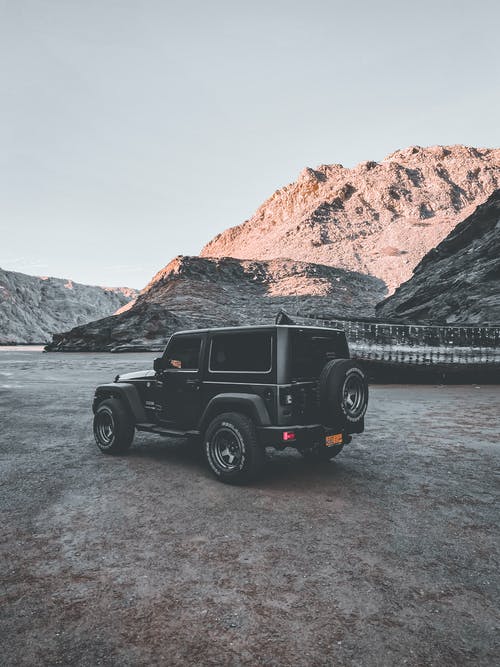Soft Shackles are one of those things that you don’t really think about until you desperately need one to tow your car. Traditional soft shacks come made with a special friction and heat resistant fabric that has been braided very tightly so that it is extremely tough. This style of shackle actually came from older day maritime excursions when rope and knot tying was an art unto itself. Soft shackles are great because they are soft, they won’t hurt when they hit you (not much anyway), they are extremely strong, durable, and sturdy, and they float on water as well. All of these factors combine to make it not only ideal for maritime applications but also for outdoor excursions with 4 wheelers.
Now soft shackles are a pretty vital piece of equipment. They are used to get a four-wheeler out of a dicey situation and therefore it is vital that they don’t fail. The material that soft shackles are made out is called polyethylene rope. If you’re looking for some great soft shackles you have countless retailers to choose from, but the best one that you can use is soft shackle. They have fantastic materials and great staff with them that will undoubtedly assist you in getting the best material that you require.

You may be asking the question, why does the soft shackle really matter? Well, it’s important because it’s a pretty sizable leap forward from the steel-based equipment that is used to do the same job. There is a steel alternative to soft shackles that is called the snatch strap. And this, while strong can be pretty dangerous if it breaks. The steel pin that connects the snatch strap to the car that is being towed might break, and if so, the snatch strap which is under tension might then go speeding through the air. If it strikes human flesh, it’s sure to injure.
The soft shackle, therefore, has many advantages over its steel counterparts; however, it also does have its downsides. Though highly resistant to scratches and nicks, the material of which the soft shackle is made (Dyneema) can still get scratched. At this point, it’s important that you throw it away rather than risk using it. This is because the scratch can easily spread to the rest of the rope when under tension leading to the rope to break.

While Dyneema is strong it still needs to be cared for and reportedly loses a small percentage of its strength annually. The shackles can be further deteriorated by being left in the sunlight. Besides that, it is quite resistant to wear and is completely waterproof. It is buoyant, and so will float if dropped in the water. If mud gets all over the soft shackle all you need to do is wash it off with some water and then let it dry off before putting it in storage. Mind you, you definitely shouldn’t be leaving it out in the blazing hot sun to dry.


